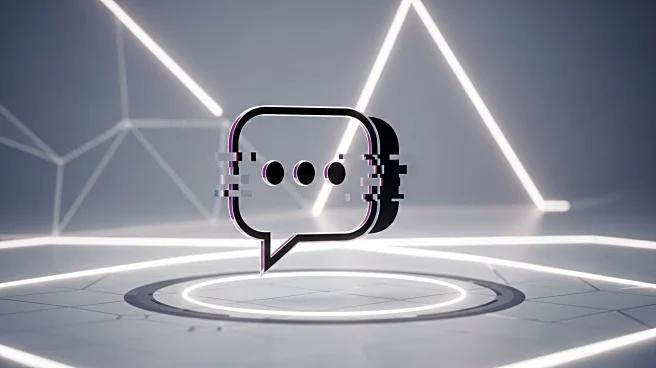What is the story about?
What's Happening?
Pangram, an AI-powered plagiarism detection tool, is designed to identify AI-generated text by comparing it to human writing. The tool claims to outperform human experts in detecting AI-written content. However, recent tests have revealed potential inaccuracies in its assessments. Users have reported instances where Pangram flagged unique human-written content as AI-generated, raising questions about its reliability. The tool uses machine learning models to analyze stylistic tendencies in writing, but its effectiveness in distinguishing AI from human writing remains under scrutiny.
Why It's Important?
The development and use of AI plagiarism detection tools like Pangram are crucial in maintaining the integrity of written content in academia and professional settings. However, the challenges faced by Pangram highlight the complexities involved in accurately identifying AI-generated text. This has implications for educators, publishers, and content creators who rely on such tools to ensure originality. The potential inaccuracies could lead to misjudgments and affect the credibility of the tool, emphasizing the need for continuous improvement and validation of AI detection technologies.
What's Next?
As Pangram continues to refine its algorithms, it may seek feedback from users to enhance its accuracy and reliability. The company might invest in further research and development to address the current limitations and improve its detection capabilities. Stakeholders in education and publishing may also explore alternative methods or complementary tools to ensure the authenticity of written content. The ongoing evolution of AI detection technologies will likely influence industry standards and practices in content verification.
AI Generated Content
Do you find this article useful?














